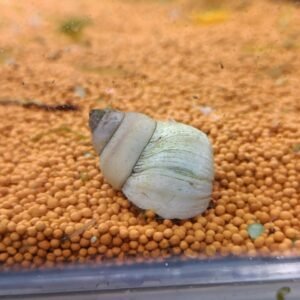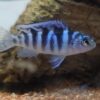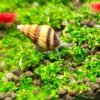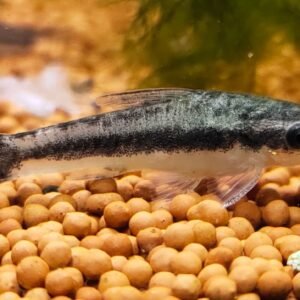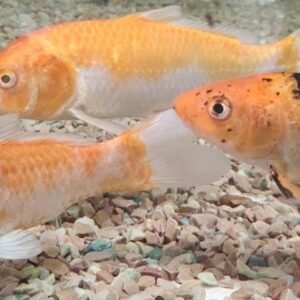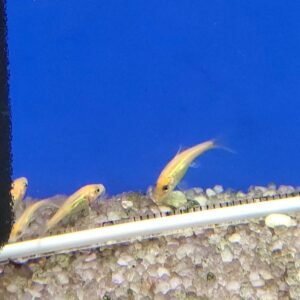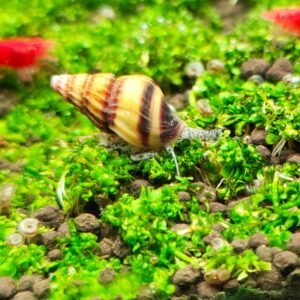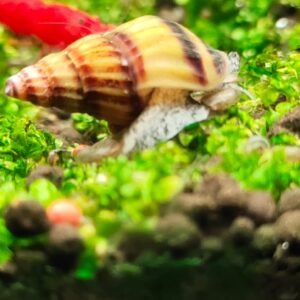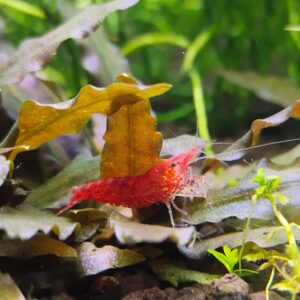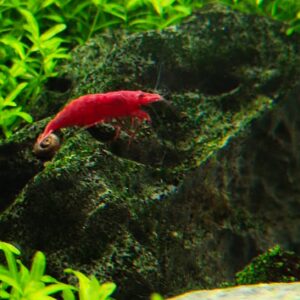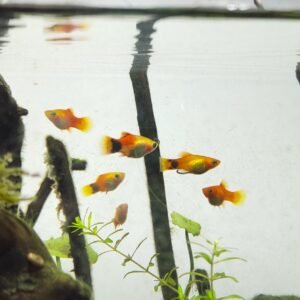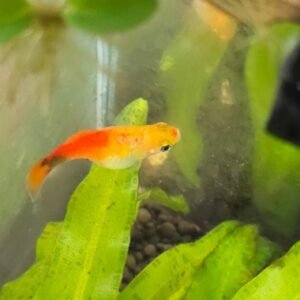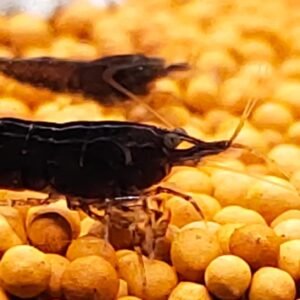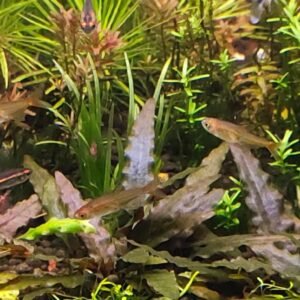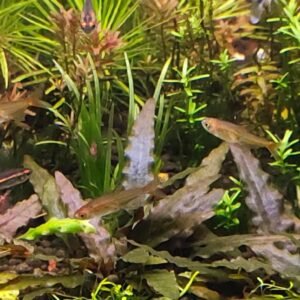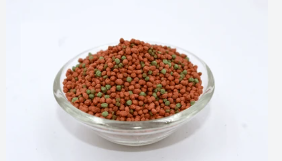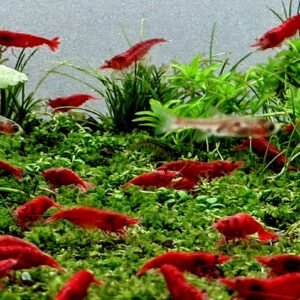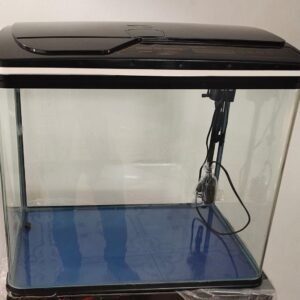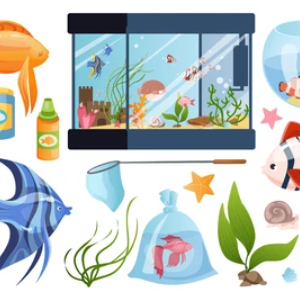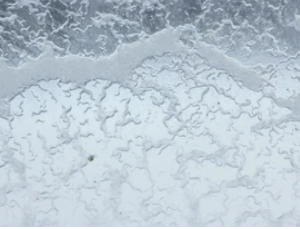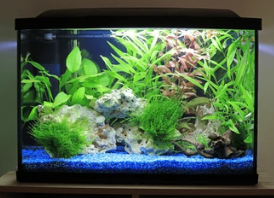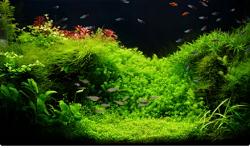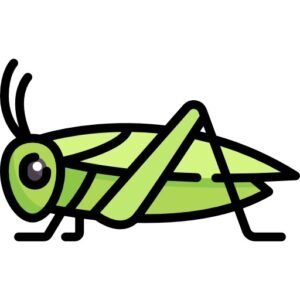White Wizard Snail
₹120.00 Original price was: ₹120.00.₹100.00Current price is: ₹100.00.
Wizards had always known that the act of observation changed the thing that was observed, and sometimes forgot that it also changed the observer too.
Terry Pratchett
White Wizard Snail, Filopaludina martensi, is one of the rarestfreshwater snails that can also use their gills to filter feed which makes them very unique!
6 in stock
White Wizard Snail, Filopaludina martensi, is a new species of freshwater snail in the aquarium industry. Even though they are still uncommon, these snails have a good possibility of becoming popular.
So, what makes them so unique?
White Wizard snail can grow to be quite huge and love warm water. They can also filter food with their gills. That makes them one-of-a-kind!
These snails are viviparous, which means they give birth to living babies that develop within the mother’s body.
Filopaludina martensi is primarily found in Southeast Asia (Indonesia, Thailand, Malaysia, Vietnam, Cambodia, Laos).
These snails like living in clean, motionless water (canals, swamps, ponds, rice fields, ditches, etc.) however, be found in slow-moving waters as well (streams, and rivers).
II. You would love the fish because…
White Wizard is a very distinct and appealing snail with the following distinguishing characteristics:
– The shell color of a White Wizard Snail is off-white, creamy, with light brown markings and is smooth. It frequently darkens near the tip of the spike.
– Their shells are robust and widely conical, with 6 – 7 whorls. The final whorl has enlarged.
– The shell has fine lines.
When startled or threatened, White Wizard snails employ an operculum (the trap door) to completely seal their shell.
Another distinguishing aspect of these snails is the blue hue of their “face” and tentacles. Even though their bodies are yellow with brownish patches.
The cephalic tentacles are of average length.
III. Is this fish species peaceful or hostile?
White Wizard snails are non-aggressive, solitary, and extremely shy. They prefer a serene aquatic habitat and tank mates.
IV. Species compatibility
Black Devil Snails, Brotia Pagodula snails, Chopstick Snail, Rabbit snails, Nerite Snails, Mystery Snails, Ramshorn snails, Malaysian Trumpet snails, Freshwater clams, and others of their kind. Do not keep them with Assassin snails, they can eat them.
V. How to feed this species?
Fish food is an excellent technique to keep them away from your live plants. They eat fish/invertebrate pellets, algae wafers, and blanched vegetables like zucchini, kale, spinach, or cucumber in addition to algae and biofilm.
| Weight | 1 kg |
|---|---|
| Dimensions | 15 × 20 × 30 cm |
| Family | Viviparidae |
| Scientific Name | Filopaludina martensi |
| Common Names | White Ghost Wizard Snail or White Trapdoor Snail |
| Tank size | 10 gallons |
| Special Diet | Blanched green vegetables such as spinach, lettuce, and kale. |
| Native To | freshwater lakes of South East Asia. |
| Care Level | Easy |
| Max water Temp | 79 °F |
| Min Water Temp | 73 °F |
| pH Max | 8.5 |
| pH Min | 7.0 |
Related products
Live Aquarium Fish
Live Aquarium Fish
Live Aquarium Fish
Live Aquarium Fish
Live Aquarium Fish
Live Aquarium Fish
Live Aquarium Fish
Live Aquarium Fish





